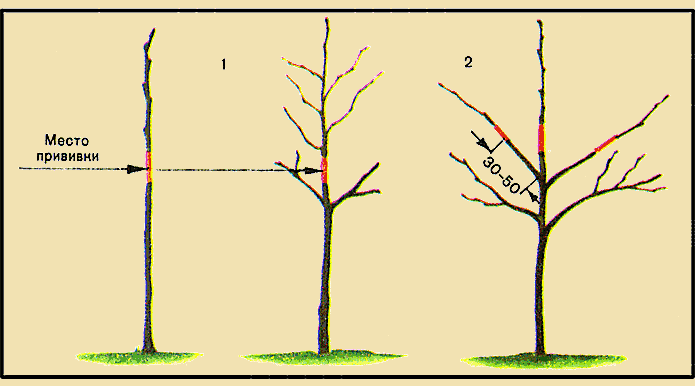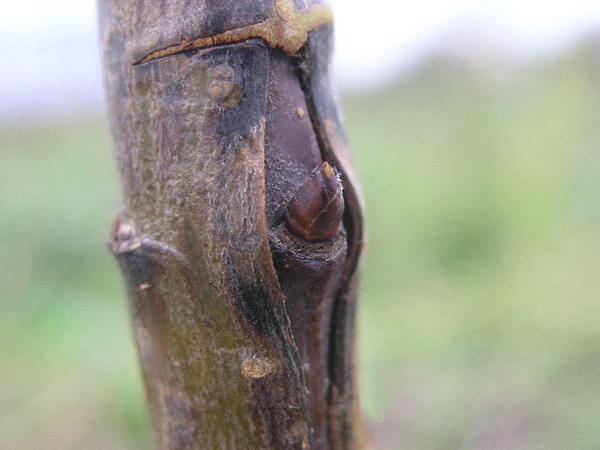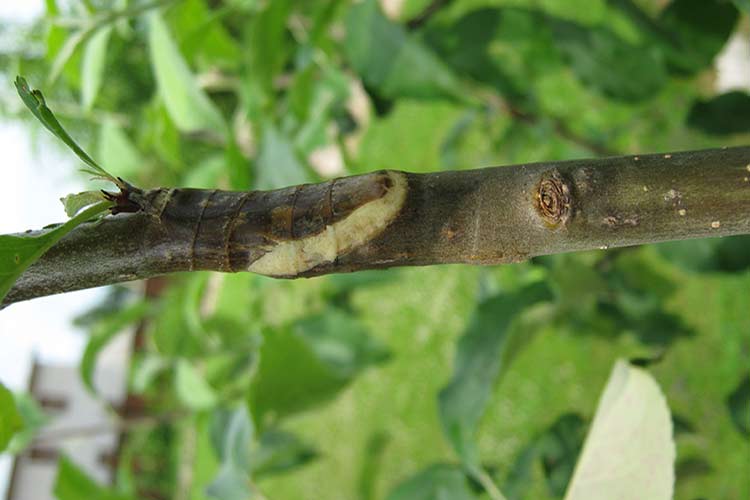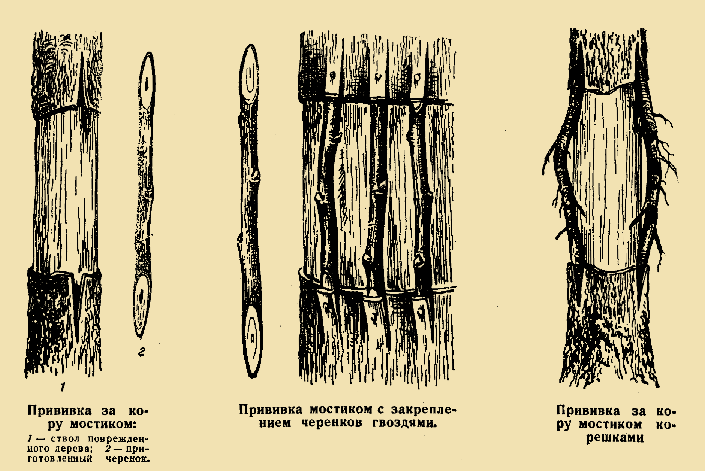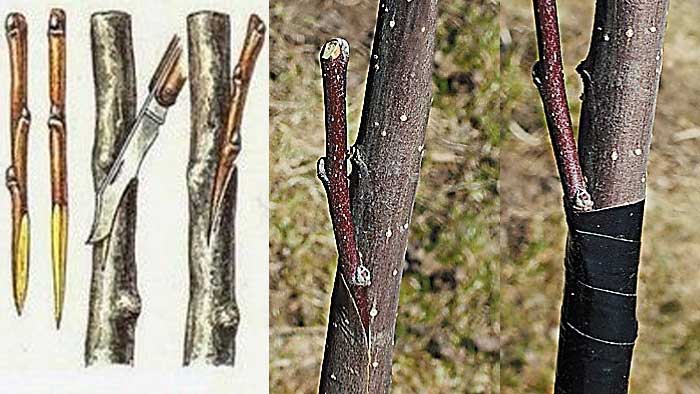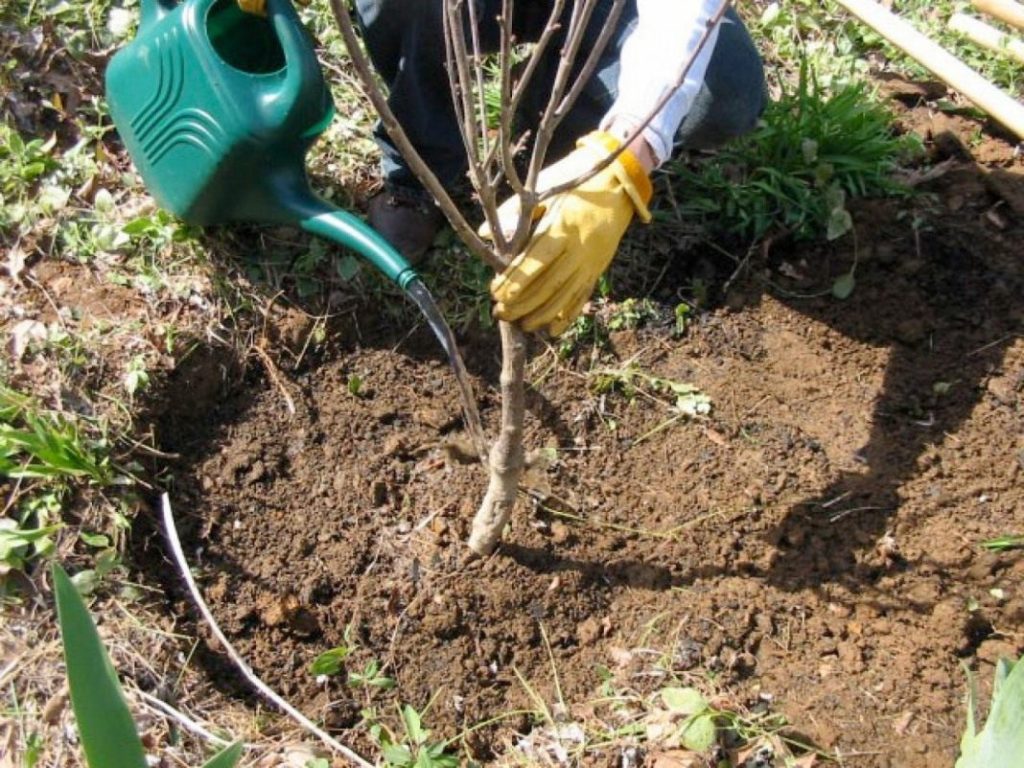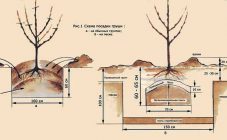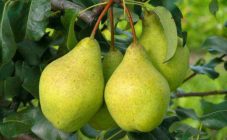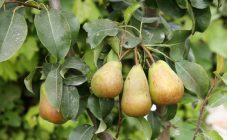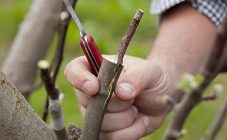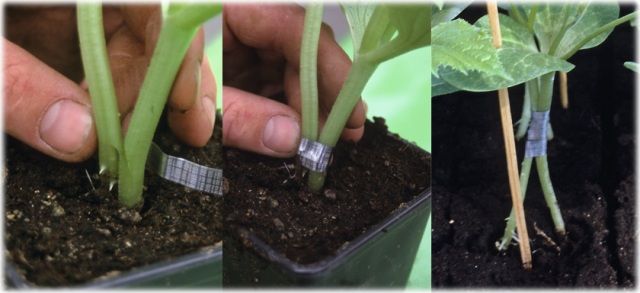Content:
Pear grafting is a transplant of a part of a cultivar (scion) onto a wild species or another cultivar (stock). As a scion, it can act as a shoot with several buds (cutting), single and a bud with a thin layer of wood and bark (shield, eye). The stock can be either wild pear or old cultivated tree.
In horticulture, pear grafting methods are used, such as:
- Budding (inoculation with an eye);
- Copulation (grafting by cutting);
- Into the cleft;
- Bark grafting;
- Bridge inoculation;
- In the side cut;
- Ablactation.
The main purpose of grafting in private gardening is to save an old fruit-bearing tree from being cut, growing 2 or more different varieties on it.
This article will consider the choice of rootstock, the technique for performing various types of grafts, and caring for grafted trees at the initial stage.
Pear rootstock
As rootstocks for grafting pears in various ways, crops such as:
- Pear (wild or old tree that has lost its varietal qualities);
- Clonal rootstock;
- Apple tree;
- Quince;
- Cherry plum;
- Various types of plums;
- Hawthorn;
- Rowan;
- Irga;
- Cotoneaster.
Wild pears, clonal rootstocks, quince, apple-tree, cherry plum are distinguished by the best survival rate of grafts among these rootstocks. Pear grafting on other crops occurs less often in the absence of suitable rootstocks.
Types of pear vaccinations
Budding
Budding - grafting with an eye (bud with wood). It is produced during the period of active sap flow: mid-spring (late April-May) or late summer (August).
The technique for performing budding is as follows:
- An annual well-developed shoot with 10-12 buds is cut from a varietal pear. In summer budding, the bud is cut off immediately before budding from the branch itself;
- Before budding, cut branches are placed in a container with water;
- For budding, 6-8 buds of the middle part of the cut shoot are used. The apical and 4-5 lower kidneys are removed.
- On the rootstock stem, choose a place 10-12 cm above the root collar, clean it of dirt and dust with a soft and clean rag, water;
- On the cleaned place on the north side, a cut is made in the form of the letter "t";
- A flap is cut from the handle - a kidney with a small layer of bark and cambium, 25-30 mm long;
- Pushing back the bark, the flap is inserted into the incision, its upper part is cut off and immediately wrapped with an elastic tape.
The survival rate of the vaccine is checked after 10-12 days. To do this, the elastic band strapping is carefully pushed aside. Signs that the peephole has taken root are a swollen green bud and an easily falling off petiole. If the kidney does not take root, the strapping is removed and the vaccination is repeated on the other side. Finally, the harness is removed: with summer budding in the spring of next year, with spring - at the end of summer. The entire aboveground part of the stock is cut 2-2.5 cm above the grafting site in the spring of the year following budding. A fresh cut above is necessarily covered with garden var.
Copulation
Copulation - grafting with a cutting (one-year branch). Copulation is carried out from early spring to June.
The grafting is carried out by the handle as follows:
- A well-developed branch is chosen on the stock;
- On a branch, a cut at an angle of 450 is made with a sharp copulation or clerical knife;
- An annual shoot with 3-4 buds is cut from a cultivated variety;
- On the cut off shoot, stepping back about 10-15 mm from the lower bud, make the same oblique cut as on the branch of the stock. A straight cut is made above the upper bud of the scion. The distance from the cut to the kidney should be no more than 2 mm;
- The rootstock and the scion are combined with slices so that there is no displacement, they are tightly wrapped with a special elastic film;
- The upper straight cut on the scion, in order to avoid drying out the buds, is carefully covered with garden var;
- After 10-14 days, the survival rate of the scion is checked: if the buds on the grafted cuttings have swollen and started to grow, then the graft has taken root. If the kidneys are not swollen, then the vaccine has not taken root and should be repeated.
Into splitting
Such a pear grafting is performed in early spring, at the beginning of sap flow and bud swelling. The optimal time for its holding is the first or second decade of April.
The step-by-step process of such an inoculation consists of the following operations:
- The stem of the stock is shortened to a length of 10-15 cm. If you plan to graft the stalk onto a skeletal or other thick branch, it is cut to the length at which it will be convenient to inoculate;
- Rootstocks and their branches, up to 10-15 cm thick, are split with a sharp knife in the middle. The depth of the split should be equal to 3-4 diameters of the rootstock (branch). On thicker branches, two splits intersecting at right angles are performed;
- Cuttings of a cultivar with 3-5 healthy buds are used as a scion. The lower part of the scion is sharpened under the wedge to the depth of the split in the scion;
- Having pushed the cleavage apart with a knife, the stalk is inserted into the stock with the lower end, the stock cut is covered with garden pitch, then the grafting site is tightly fixed with an elastic tape.
With a large thickness of the stock, 2 or more cuttings are grafted onto it. Moreover, they are placed along the edges of the clefts.
Bark grafting
In this way, a pear is grafted, both on wild animals and on old, fruiting varietal trees.
Step by step, such an inoculation is performed as follows:
- Before grafting a pear onto the stock in this way, it should be shortened to a length of 0.7-1.0 m. All lower branches must be removed, the bark in the upper part must be cleaned;
- On the cleaned bark, in the direction from the cut to the ground, longitudinal cuts are made in several places, 4-5 cm long;
- The bark is neatly bent away from the wood, so that "pockets" for the scion are formed;
- Cuttings 10-15 cm long with 2-3 healthy buds are used as a scion. The lower end of the cutting is cut at an acute angle. Cut length - 4-5 cm;
- Having moved the bark in the cuts, cuttings are inserted into them and the cut is covered with garden pitch, the grafting is wrapped with elastic tape or twine;
- If the stock has a large thickness, 4 or more cuttings are simultaneously grafted onto it. If all take root, half of them are removed;
- The survival rate of cuttings is checked after 2 weeks. The vaccine that has not taken root is reworked.
Bridge grafting
Such an inoculation helps to reanimate a pear garden damaged during the winter by frost, strong wind, and rodents.
Its essence is as follows:
- On the opposite edges (upper and lower) of the bark of the damaged area, incisions are made, 2-3 cm long;
- Several cuttings are inserted into the cuts, in which the tips are cut in such a way that they fit snugly against the rootstock wood;
- The grafting site is covered with garden varnish and wrapped with elastic tape.
After the graft has taken root, the harness is loosened.
Side cut
This method of grafting is one of the fastest and at the same time provides a high percentage of graft survival.
It is produced as follows:
- An incision is made on the stock at an angle of 60-700;
- The lower end of the cutting with 3-4 buds is sharpened under a wedge to the depth of cut in the rootstock;
- The lower part of the stalk is inserted into the incision in the rootstock, the grafting site is covered with garden varnish and fixed with a tightly elastic tape.
After the stalk takes root and starts to grow, the strapping is loosened, and then completely removed.
Ablactation
Ablactation - or rapprochement grafting, is performed as follows:
- On healthy and growing nearby branches of the rootstock (wild type of pear, an old tree) and scion (varietal tree), they make two incisions of the same depth and angle, one of which is directed upward and the other downward;
- Two branches are tightly connected with two notches, fixed with twine, elastic tape;
- The survival time of such a vaccination is on average 2.5-3 months. After its expiration, the harness is removed, the scion is separated from the mother tree.
Terms of vaccination
Pear grafting is performed in spring and summer.
Each of these time frames has advantages and disadvantages:
- Spring grafting provides the best survival rate, good growth and development of the grafted part during the warm season. But at the same time, such a grafting can be damaged by spring frosts and cold.
- The summer term for the vaccination is characterized by a lower survival rate, while there is no risk of damage to cuttings and buds from cold. In addition, summer, with its warm weather, makes it more comfortable to work in the garden.
Vaccination care
In order for a well-developed and strong seedling to grow from a grafted stock, it needs proper care. The grafted tree should be looked after carefully and carefully - if there is insufficient care, it is the cultivated grafted shoot or bud that will die first.
Watering
Water the grafted tree as the top layer of the soil dries up in the morning or evening hours, when the air temperature does not exceed + 20- + 220C. For irrigation, use settled warm rainwater. Watering rate per tree - 10-15 liters.
Top dressing
In the first year, until the aerial part above the grafting point is removed, the stock is not fed. In spring, after pruning "on a thorn" (removal of the entire above-ground part of the rootstock above the grafting site), fertilizing with ammonium nitrate is performed at a dose of 30-40 g / sapling.
Loosening
Removing the harness
After the scion has taken root and started to grow, the strapping is loosened so that air can enter under it. Remove the harness of early spring vaccinations at the end of summer, vaccinated in the summer - early spring of next year.
Tips from seasoned gardeners
- For grafting, use only a clean and sharp instrument - an eyepiece or copulation knife. Before work, these tools must be sharpened and disinfected in a solution of potassium permanganate (10 grams of potassium permanganate per 1 liter of water).
- Vaccination should be done in cloudy and warm weather. It is undesirable to vaccinate on cold and rainy days, as well as on very sunny and hot days.
- With an eye, a pear can be grafted not only into a T-shaped incision, but also into a "pocket" cut out on the bark. To do this, a small, downward cut is made with a knife, into which a peephole is inserted. The part of the eye that does not enter the cut is cut off.
- In order to provide yourself with rootstocks, you can lay your own nursery. It should be used to grow both wild pear (wild) and quince. To obtain clonal rootstocks, it is necessary to lay a mother plant - a number of large healthy trees, which, when pruning the entire aboveground part, give abundant root shoots, which are spud and, over time, separated from the mother plant. The resulting stock will allow the grafted variety to begin bearing fruit as early as 3 years after planting.
- To prevent rodents from damaging the inoculated rootstocks in the garden next to the forest, hares, when autumn comes, carefully twist their stems with burlap, spunbond or agrofibre.
Thus, if the pear is grafted correctly, you can get a healthy and well-developed seedling. The conniving and careless implementation of this responsible process, on the contrary, will destroy the rootstock, will not allow saving an old tree or a tree damaged during the winter.

